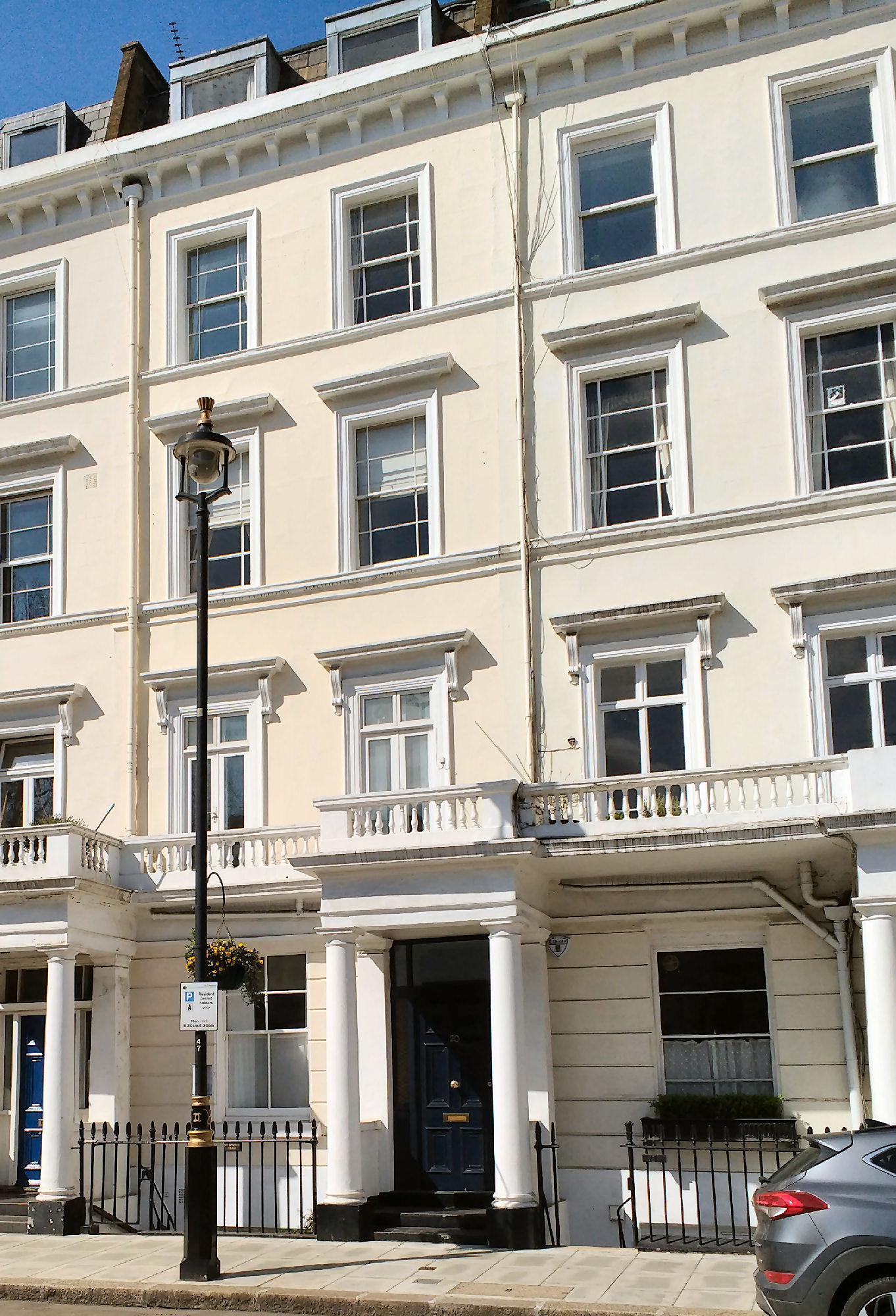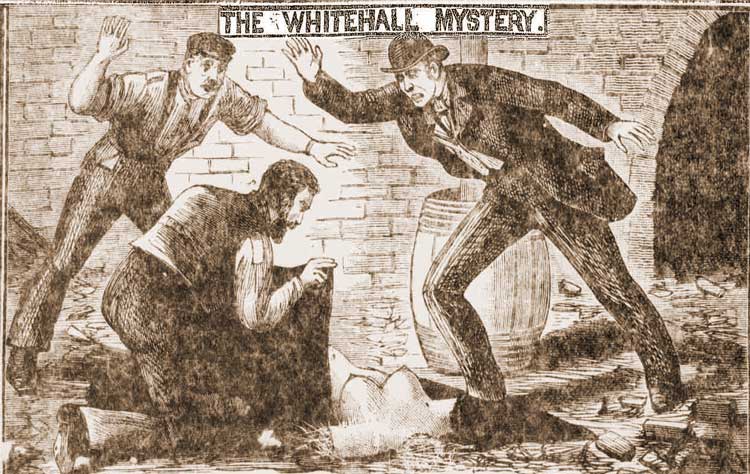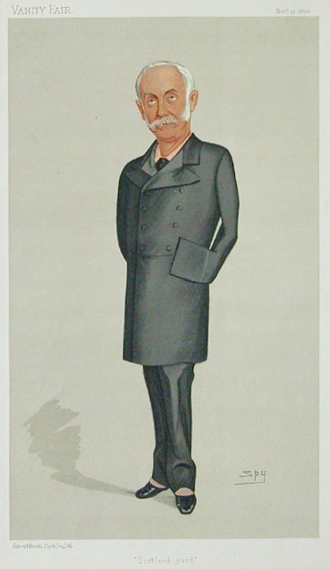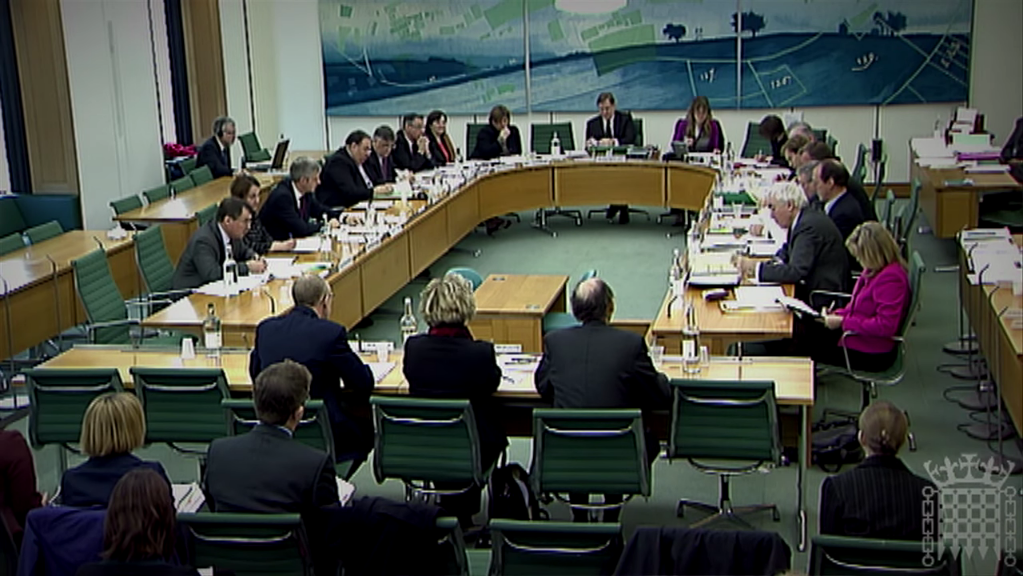|
Athelstan Braxton Hicks
Athelstan Braxton Hicks (19 June 1854 – 17 May 1902) was a coroner in London and Surrey for two decades at the end of the 19th century. He was given the nickname "The Children's Coroner" for his conscientiousness in investigating the suspicious deaths of children, and especially baby farming and the dangers of child life insurance. He would later publish a study on infanticide. He was the son of Dr John Braxton Hicks, the well-known obstetrician, born in Tottenham, London. Career He was a barrister at law who entered the Middle Temple in 1872 and was Call to the bar, called to the bar in 1875. He was a special pleader on the Western Circuit and at the Middlesex Sessions. He was for some time a student at Guy's Hospital, where he gained considerable knowledge of medical jurisprudence. He was Deputy Coroner of the City of London and Borough of Southwark, the City of Westminster and the West London District. He was appointed Coroner in 1885 for the South-Western District of Londo ... [...More Info...] [...Related Items...] OR: [Wikipedia] [Google] [Baidu] |
Coroner
A coroner is a government or judicial official who is empowered to conduct or order an inquest into Manner of death, the manner or cause of death, and to investigate or confirm the identity of an unknown person who has been found dead within the coroner's jurisdiction. In medieval times, English coroners were Crown officials who held financial powers and conducted some judicial investigations in order to counterbalance the power of sheriffs or bailiffs. Depending on the jurisdiction, the coroner may adjudge the cause of death personally, or may act as the presiding officer of a special court (a "coroner's jury"). The term ''coroner'' derives from the same source as the word ''Crown (headgear), crown''. Duties and functions Responsibilities of the coroner may include overseeing the investigation and certification of deaths related to mass disasters that occur within the coroner's jurisdiction. A coroner's office typically maintains death records of those who have died within th ... [...More Info...] [...Related Items...] OR: [Wikipedia] [Google] [Baidu] |
Thames Torso Murders
The Thames Torso Murders, often called the Thames Mysteries or the Embankment Murders, were a sequence of unsolved murders of women occurring in London, England from 1887 to 1889. The series included four incidents which were filed as belonging to the same series. None of the cases were solved, and only one of the four victims was identified. In addition, other murders of a similar kind, taking place between 1873 and 1902, have also been associated with the same murder series. Speculations have linked the Thames murder series to that of the contemporary Whitechapel murders and Jack the Ripper. However, the '' modus operandi'' of the perpetrator of the Thames Torso Murders differs from the other unidentified criminal in that the victims of Jack the Ripper suffered progressive abdominal- and genital-area mutilation, whereas the Thames Torso Murderer dismembered the bodies of his victims. The canonical four The series included four incidents which were filed as belonging to the sa ... [...More Info...] [...Related Items...] OR: [Wikipedia] [Google] [Baidu] |
Margaret Waters
Margaret Waters, otherwise known as Willis, was an English murderer hanged by executioner William Calcraft on 11 October 1870 at Horsemonger Lane Gaol (also known as Surrey County Gaol) in London. Waters was born in 1835 and lived in Brixton. She was known for baby farming, the practice of taking in other women's children for money, a practice which often resulted in infanticide. Waters drugged and starved the infants in her care and is believed to have killed at least 19 children. Charged with five counts of wilful murder as well as neglect and conspiracy, Waters was convicted of murdering an infant named John Walter Cowen. Her sister, Sarah Ellis, was convicted in the same case for obtaining money under false pretences and sentenced to eighteen months' hard labour. See also *List of serial killers by country This is a list of notable serial killers, by the country where most of the killings occurred. Convicted serial killers by country Afghanistan *Abdullah Shah: k ... [...More Info...] [...Related Items...] OR: [Wikipedia] [Google] [Baidu] |
Mary Ann Cotton
Mary Ann Cotton (' Robson; 31 October 1832 – 24 March 1873) was an English convicted murderer who was executed for poisoning her stepson. Despite her sole conviction for murder, she is believed to have been a serial killer who killed many others including 11 of her 13 children and three of her four husbands for their insurance policies. Her preferred method of killing was poisoning with arsenic. Cotton's undoing came after she tried to have the son of her deceased husband sent to a workhouse. When that failed, within days she told parish officials that Charles Edward Cotton had died. Investigations into her behaviour soon showed a pattern of deaths. The body of the stepson was examined and found to contain arsenic. Cotton was convicted of his murder and sentenced to death. She was hanged at Durham Gaol. She did not die on the gallows from breaking of her neck but died by strangulation because the rope was set too short, possibly deliberately. Early life Mary Ann Robson was ... [...More Info...] [...Related Items...] OR: [Wikipedia] [Google] [Baidu] |
Infanticide
Infanticide (or infant homicide) is the intentional killing of infants or offspring. Infanticide was a widespread practice throughout human history that was mainly used to dispose of unwanted children, its main purpose is the prevention of resources being spent on weak or disabled offspring. Unwanted infants were normally abandoned to die of exposure, but in some societies they were deliberately killed. Infanticide is now widely illegal, but in some places the practice is tolerated or the prohibition is not strictly enforced. Most Stone Age human societies routinely practiced infanticide, and estimates of children killed by infanticide in the Mesolithic and Neolithic eras vary from 15 to 50 percent. Infanticide continued to be common in most societies after the historical era began, including ancient Greece, ancient Rome, the Phoenicians, ancient China, ancient Japan, Aboriginal Australia, Native Americans, and Native Alaskans. Infanticide became forbidden in Europe and t ... [...More Info...] [...Related Items...] OR: [Wikipedia] [Google] [Baidu] |
Kew Mortuary
The Kew Mortuary or Dead-House is a small, shed-like building, approximately and high, attached to the back of Caxton House, 110 Kew Green (TW9 3AR), just to the east of Kew Bridge on Greyhound Lane facing Westerley Ware. This Victorian mortuary building retains an original slate slab. History Kew is bordered by the Thames so bodies of drowned people frequently were washed up along its shore. Originally such bodies would be taken to either facilities provided by the local Vestry or more often a local public house, although publicans were not required to receive dead bodies. It was not until the Public Health Act 1848 that local boards of health were enabled to build mortuaries or 'dead-houses'. Under the Sanitary Act 1866 there was still no requirement to build a mortuary, although where one existed corpses of those who died from infectious diseases were required to be taken to the mortuary. The Public Health Act 1872 established sanitary authorities. It was not until the ... [...More Info...] [...Related Items...] OR: [Wikipedia] [Google] [Baidu] |
Sir Edward Bradford, 1st Baronet
Colonel Sir Edward Ridley Colborne Bradford, 1st Baronet, (27 July 1836 – 13 May 1911) was a British Indian Army officer who later served as Commissioner of Police of the Metropolis, head of the London Metropolitan Police, from 1890 to 1903. Military career Bradford was born in Buckinghamshire, the son of William Mussage Kirkwall Bradford (1806–1878), the rector of West Meon, Hampshire, and was educated from 1846 at Marlborough College. He was commissioned into the East India Company's 2nd Madras Light Infantry (based at Jalna) in 1853, transferring to the 6th Madras Cavalry (based at Mhow) on his promotion to lieutenant in 1855. He saw active service in Persia (1856–1857), attached to the 14th The King's Light Dragoons, and in the latter stages of the Indian Mutiny, where he served as adjutant of the left wing of his regiment. In 1858, he transferred to Mayne's Irregular Cavalry (later the 1st Regiment of Central India Horse), of which he became Second-in-Command on 25 ... [...More Info...] [...Related Items...] OR: [Wikipedia] [Google] [Baidu] |
Commissioner Of Police Of The Metropolis
The Commissioner of Police of the Metropolis is the head of London's Metropolitan Police Service. Sir Mark Rowley was appointed to the post on 8 July 2022 after Dame Cressida Dick announced her resignation in February. The rank of Commissioner of the Metropolitan Police is regarded as the highest in United Kingdom policing, although the incumbent's authority is generally confined to the Metropolitan Police Service's area of operation: the Metropolitan Police District. However, unlike other territorial police forces, the Metropolitan Police has certain national responsibilities such as leading counter-terrorism policing and the protection of the Royal Family and senior members of His Majesty's Government. Furthermore, the Commissioner is directly accountable to the Home Secretary, the Mayor's Office for Policing and Crime, and the Mayor of London, and must answer to Londoners and the public nationally. By contrast, all other UK forces (except the City of London Police) are h ... [...More Info...] [...Related Items...] OR: [Wikipedia] [Google] [Baidu] |
Matthew White Ridley, 1st Viscount Ridley
Matthew White Ridley, 1st Viscount Ridley, (25 July 1842 – 28 November 1904), known as Sir Matthew White Ridley, 5th Baronet, from 1877 to 1900, was a British Conservative statesman. He notably served as Home Secretary from 1895 to 1900. Background and education Ridley was born in London, the eldest son of Sir Matthew White Ridley, 4th Baronet, and his wife the Hon. Cecilia Anne, daughter of James Parke, 1st Baron Wensleydale, and his wife Cecilia Arabella Frances Barlow. He was educated at Harrow and Balliol College, Oxford. After graduating with a Bachelor of Arts in 1865, he was a Fellow of All Souls for nine years. Political career In 1868, he was elected Conservative Member of Parliament for Northumberland North, and held this seat until the 1885 general election, when he was defeated in his attempt to stand for the new seat of Hexham. At the 1886 general election he contested Newcastle-upon-Tyne, again unsuccessfully, but returned to Parliament in an 1886 by-electio ... [...More Info...] [...Related Items...] OR: [Wikipedia] [Google] [Baidu] |
Home Secretary
The secretary of state for the Home Department, otherwise known as the home secretary, is a senior minister of the Crown in the Government of the United Kingdom. The home secretary leads the Home Office, and is responsible for all national security, policing and immigration policies of the United Kingdom. As a Great Office of State, the home secretary is one of the most senior and influential ministers in the government. The incumbent is a statutory member of the British Cabinet and National Security Council. The position, which may be known as interior minister in other nations, was created in 1782, though its responsibilities have changed many times. Past office holders have included the prime ministers Lord North, Robert Peel, the Duke of Wellington, Lord Palmerston, Winston Churchill, James Callaghan and Theresa May. In 2007, Jacqui Smith became the first female home secretary. The incumbent home secretary is Suella Braverman. The office holder works alongside the ot ... [...More Info...] [...Related Items...] OR: [Wikipedia] [Google] [Baidu] |
Select Committee (United Kingdom)
In British politics, parliamentary select committees can be appointed from the House of Commons, like the Foreign Affairs Select Committee; from the House of Lords, like the Delegated Powers and Regulatory Reform Committee; or as a joint committee of Parliament drawn from both, such as the Joint Committee on Human Rights. Committees may exist as "sessional" committees – i.e. be near-permanent – or as "ad-hoc" committees with a specific deadline by which to complete their work, after which they cease to exist, such as the Lords Committee on Public Service and Demographic Change. The Commons select committees are generally responsible for overseeing the work of government departments and agencies, whereas those of the Lords look at general issues, such as the constitution, considered by the Constitution Committee, or the economy, considered by the Economic Affairs Committee. Both houses have their own committees to review drafts of European Union directives: the Eur ... [...More Info...] [...Related Items...] OR: [Wikipedia] [Google] [Baidu] |
Phenol
Phenol (also called carbolic acid) is an aromatic organic compound with the molecular formula . It is a white crystalline solid that is volatile. The molecule consists of a phenyl group () bonded to a hydroxy group (). Mildly acidic, it requires careful handling because it can cause chemical burns. Phenol was first extracted from coal tar, but today is produced on a large scale (about 7 billion kg/year) from petroleum-derived feedstocks. It is an important industrial commodity as a precursor to many materials and useful compounds. It is primarily used to synthesize plastics and related materials. Phenol and its chemical derivatives are essential for production of polycarbonates, epoxies, Bakelite, nylon, detergents, herbicides such as phenoxy herbicides, and numerous pharmaceutical drugs. Properties Phenol is an organic compound appreciably soluble in water, with about 84.2 g dissolving in 1000 mL (0.895 M). Homogeneous mixtures of phenol and water at phenol ... [...More Info...] [...Related Items...] OR: [Wikipedia] [Google] [Baidu] |






